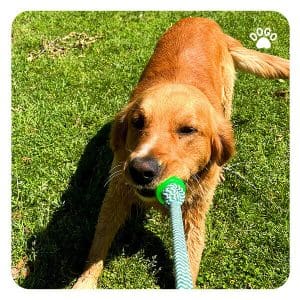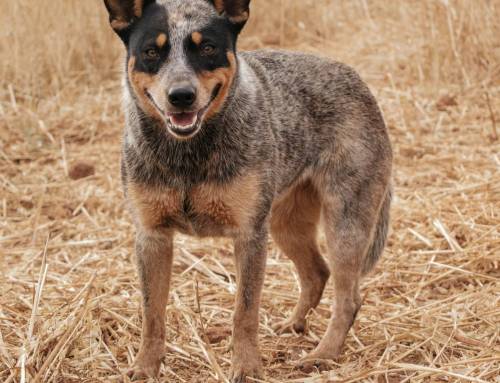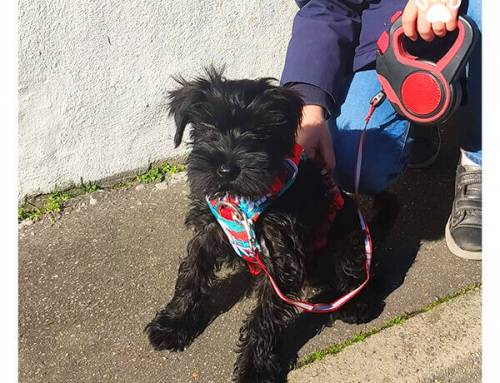
Before naming the command, teach your dog to perform it reliably. When practising the command by luring or hand signals, the dog performs correctly 80% of the time, e.g. rollover, only then name the command.
It is important to understand that every dog has its own pace of learning, and so it might take a different amount of time to master a command. It is essential to be patient and consistent while teaching your dog. Once your dog is able to perform the command reliably, it is time to name the command. Choosing a name for the command should be simple and easy to remember. Avoid using words that sound similar to other commands. For example, if you use the command “sit” for your dog to sit, the command “hit” might sound similar to “sit” and confuse your dog.
You can also read this article in Dogo App.
If you keep repeating the verbal cue “rollover” before your dog knows how to do it, the verbal signal will not help the dog, because it does not understand the meaning of the word.
Attaching a name to the command too early is an additional distraction. Also, your dog will associate the word with a half-finished version of the behaviour, this can result in half sit or a dog who thinks down is like the yoga position.
Repetition is an essential part of training your dog, but it is important to ensure that the repetition is done correctly. If you repeat the verbal cue too often, your dog might become desensitized to it and not respond when you use it. It is important to find the right balance between repetition and timing. Also, it is important to note that dogs have better hearing than humans, and they are more sensitive to the tone of voice. Therefore, it is important to use a consistent tone of voice when giving commands to your dog. Using a high-pitched or excited tone might confuse your dog and make it difficult for them to understand the command.
Repeat the behaviour until it happens easily at least 80% of the time. Add the verbal cue just before the dog does the behaviour to associate the word with the appropriate response.
Create a Personalized Training Plan for your Dog




